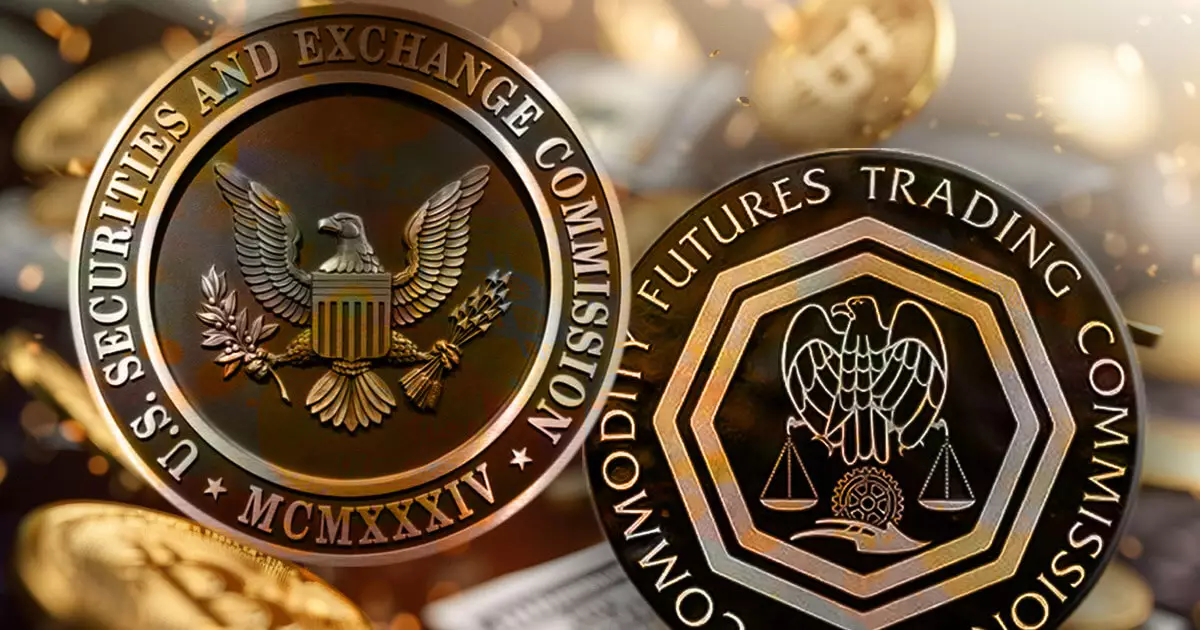The recent comments made by Commodity Futures Trading Commission (CFTC) acting chair Caroline Pham signal a pivotal turning point in the regulation of cryptocurrencies in the United States. The CFTC and the Securities and Exchange Commission (SEC) are re-engaging in dialogues that were left dormant for nearly a decade. This cooperation is essential; crypto markets are evolving at a breakneck speed, and regulators cannot afford to lag behind. While there have been whispers of lethargy and bureaucratic malaise, Pham’s assertion that there is a renewed commitment to “work together” should be a source of optimism for industry participants yearning for clarity and stability.
Revitalizing the Joint Advisory Committee
One of the most impactful aspects of this renewed collaboration is the revival of the Joint Advisory Committee. When established in 2010, this committee was designed to identify and address regulatory concerns shared by both agencies. However, it has been largely ineffective since its inactivity in 2014, leaving a significant gap in regulatory oversight that many in the crypto space have exploited. It is heartening to see regulators aim to bring this committee back into action. This revitalization could foster a more streamlined regulatory framework, ensuring entities know the rules of the road, which could ultimately facilitate innovation in a sector that desperately needs it.
Public Engagement: The Missing Link
SEC Commissioner Hester Peirce, affectionately known as “Crypto Mom,” has highlighted the importance of public participation in rulemaking. This perspective is both practical and essential. In an industry that thrives on innovation and disruption, involving those who are most affected by regulatory decisions is not just polite; it is necessary. However, while the forthcoming roundtables promise to allow public input, one must wonder how genuine this engagement will be. Will regulators truly listen to the voices of the everyday stakeholders, or will this serve as a perfunctory box-checking exercise?
The Crypto Czar’s Role in Setting the Tone
The White House’s involvement, particularly through its so-called “Crypto Czar,” David Sacks, can be seen as a double-edged sword. On one hand, it’s encouraging that the administration is invested in defining a strategy for cryptocurrencies. On the other, one has to question how much influence governmental oversight will have on innovation. While clarity is undeniably important, excessive regulation could stifle the very dynamism that has fueled the growth of this sector. The balance between regulatory oversight and fostering a conducive environment for crypto entrepreneurship will be key in these discussions.
A Marked Shift in Enforcement
As regulatory agencies reassess their stance, it’s crucial to note the declining number of lawsuits and investigations. The SEC’s recent closure of investigations, including those against Yuga Labs and Kraken, alongside the dismissal of actions against major players like Coinbase and Gemini, can be partly interpreted as a recognition that heavy-handed enforcement may not be the best path forward. A clearer, more collaborative approach seems far more beneficial—not just for regulators seeking to uphold standards, but also for the burgeoning audiences exploring cryptocurrency.
The landscape of U.S. crypto regulation is undergoing a significant transformation. The stakes are high, and the path forward will require genuine collaboration, transparency, and agility. For those who advocate for a center-right wing liberal approach to governance, the current momentum reflects a promising shift toward an environment conducive to both consumer protection and innovation.


Leave a Reply